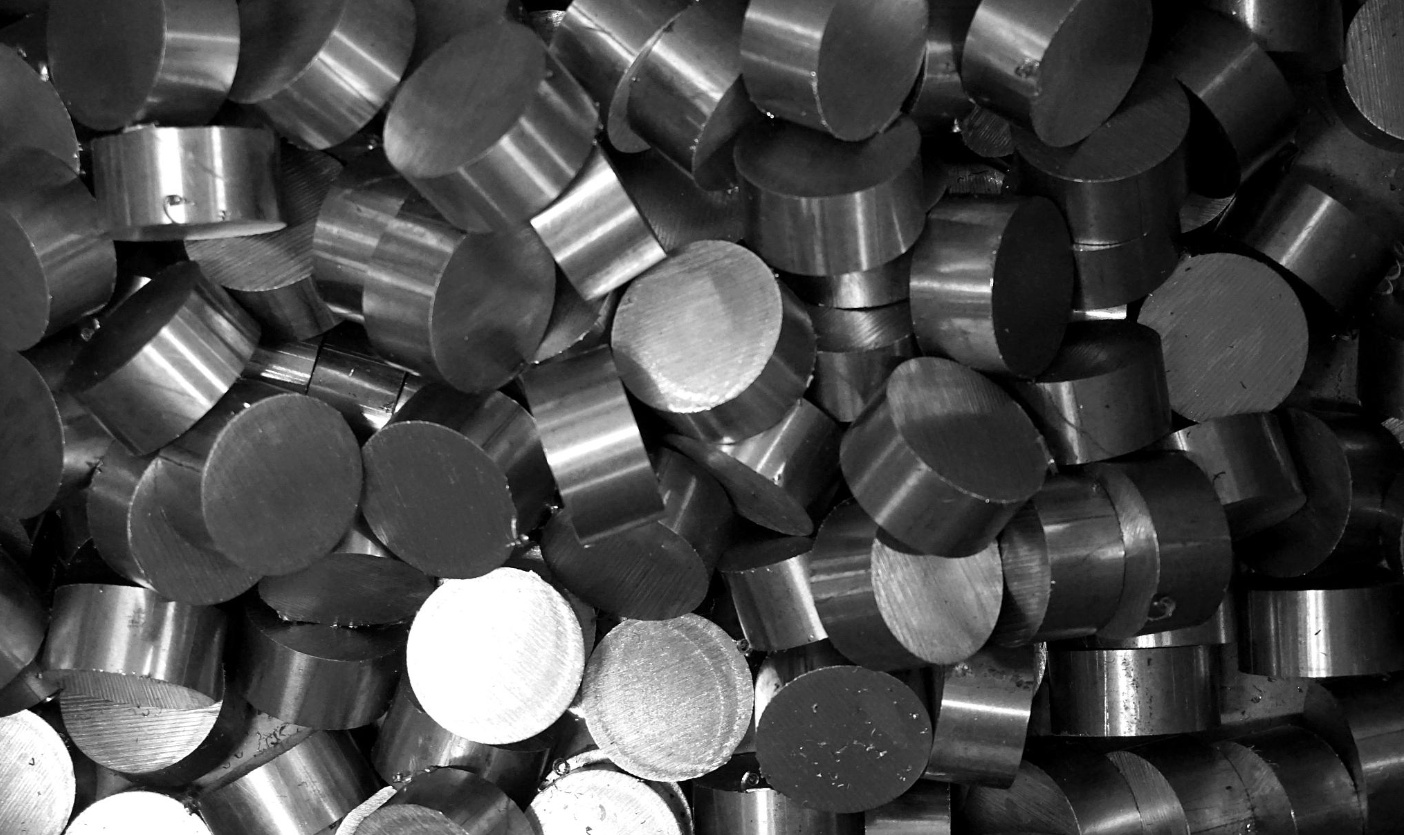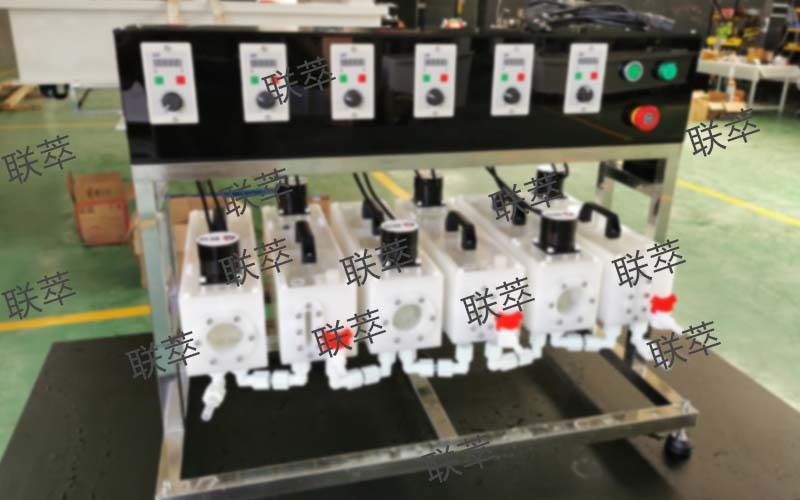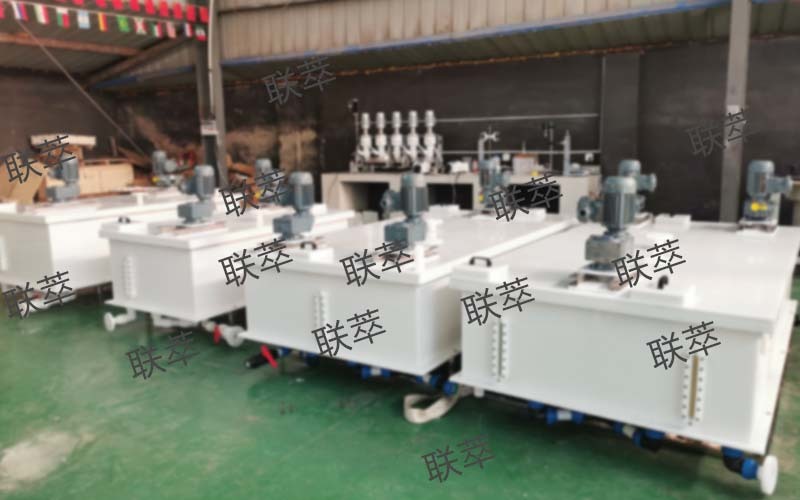News Center
social responsibility

hot line: +86 13255260239
mailbox: yaodongwang65@gmail.com
address: Room 702A11, Building 1, Jinan Science and Technology Innovation Center, Guangdong Pu Science and Technology, 500 meters southeast of the intersection of Kejia Road and Chunxiu Road, High-tech Zone, Jinan City, Shandong Province
hot line: +86 13255260239
mailbox: yaodongwang65@gmail.com
address: Room 702A11, Building 1, Jinan Science and Technology Innovation Center, Guangdong Pu Science and Technology, 500 meters southeast of the intersection of Kejia Road and Chunxiu Road, High-tech Zone, Jinan City, Shandong Province



![]() Release date:2025.01.02
Release date:2025.01.02
![]() Page view:43
Page view:43
Lead is a common heavy metal contaminant and widely exists in industrial wastewater. It poses a serious threat to the environment and human health, especially the impact on the nervous system. In order to solve the problem of lead pollution, the combined extraction centrifugal extractor, as a new separation technology, has shown great potential in extracting lead from wastewater treatment.

Environmental characteristics of lead
Lead is a dense, heavy metal element with strong persistence in water. Lead is often found in natural water bodies in the form of ions, especially lead ions (Pb² +), which are strongly water-soluble and easily transferred and dispersed. The accumulation of lead will cause toxicity to aquatic organisms, and long-term exposure may lead to the increase of lead concentration in organisms, thus affecting the stability of ecosystems.
Working principle of combined extraction centrifugal extractor
The combined extraction centrifugal extractor uses the principle of centrifugal force to separate substances of different densities through high-speed rotation. When treating lead-containing wastewater, the device effectively separates lead ions from other water contaminants by centrifugal force. Its main working steps include:
1. Material stage: Lead waste water into the equipment.
2. Centrifugal separation: After the equipment is started, the wastewater produces a violent separation effect under the action of centrifugal force, and the heavier lead ions settle to the bottom of the equipment, while the lighter water phase floats above.
3. Collection and treatment: After separation, lead sediment can be collected and further processed or recycled.
Optimized extraction conditions
In the extraction process of lead, the optimization of process parameters is very important. The research shows that the following factors have a significant impact on the extraction efficiency of lead:
1. Centrifugal speed: Increasing the speed can enhance the centrifugal force, thus accelerating the sedimentation and separation of lead ions. Under normal circumstances, the speed between 3000-6000 rpm can achieve better results.
2. Extraction time: Extending the extraction time can improve the extraction rate of lead, but too long a time may lead to energy waste and equipment wear. The recommended extraction time is 15-30 minutes.
3. Temperature control: The appropriate temperature can improve the reaction rate and the solubility of lead, usually in the range of 20-25 degrees Celsius extraction effect is better.


Recovery and disposal of lead
The lead precipitate extracted by the combined extraction centrifugal extractor can be recovered for subsequent treatment. Lead can be recovered by roasting, acid leaching and other methods to convert lead into a reusable form. This can not only reduce environmental pollution, but also achieve resource reuse, in line with the requirements of sustainable development.
The application of combined extraction centrifugal extractor to extract lead from wastewater provides an effective solution for lead pollution control through efficient separation principle and optimized operating conditions. With the continuous progress of technology, the combined extraction centrifugal extractor will be more widely used in the treatment of heavy metal pollution.
Hot spot
Welcome to contact you by phone
Working hours(8:30-20:30)Enquiry hotline
+86 13255260239
Pay attention to customer service wechat
Working hours(8:30-20:30)

